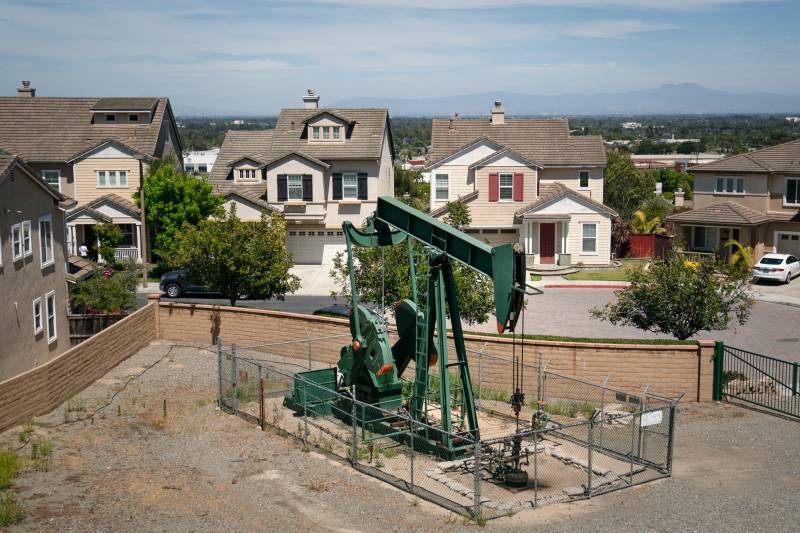Outside California, nearly half of U.S. states have a process allowing voters to reject policies that state legislators have passed.
Environmental justice groups have made multiple attempts over the years to establish a minimum distance between oil and gas wells near places like homes and schools. Newsom signed the law last year that banned new gas and oil wells within 3,200 feet of sensitive areas.
A lawyer for the California Independent Petroleum Association quickly filed for the referendum to ask voters to overturn the law, and the group collected enough signatures earlier this year to put it on the ballot. Rock Zierman, the group’s CEO, said keeping the law would burden oil companies in California at a time when they already have to follow what he called some of the strictest environmental and labor laws in the world.
The Legislature is weighing whether to change the referendum process, so Californians don’t get confused about whether they’re voting to uphold or to overturn a law. The legislation would have voters decide to either “keep the law” or to “overturn the law.” That would mean a departure from a “yes” vote to keep the law or a “no” vote to overturn it.
The oil industry’s tactics to collect the 623,000 signatures needed to get their favored measure on the ballot has come under fire. The California Secretary of State’s office said last year it was investigating complaints alleging signature gatherers were spreading misinformation about the measure.
Over the decades, Californians have been asked to vote more than once on the same issue, on measures about car insurance rates and campaign financing, among other hot-button topics.

